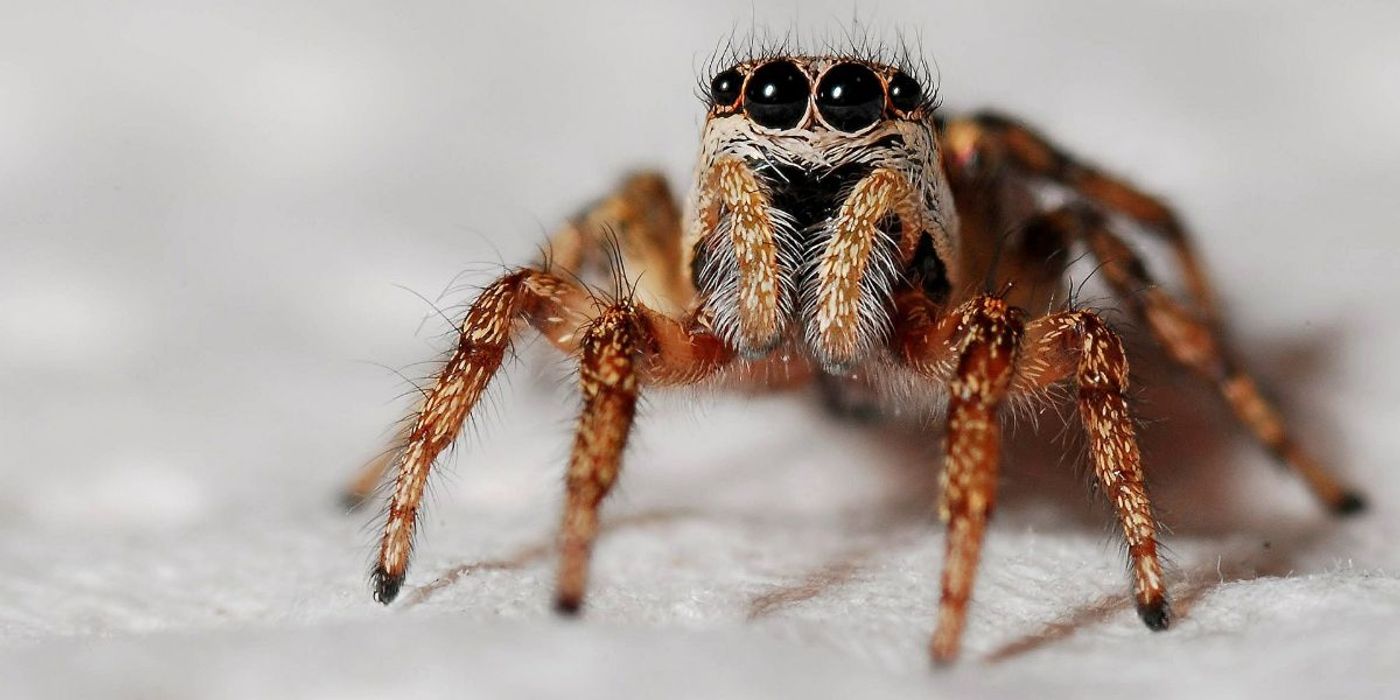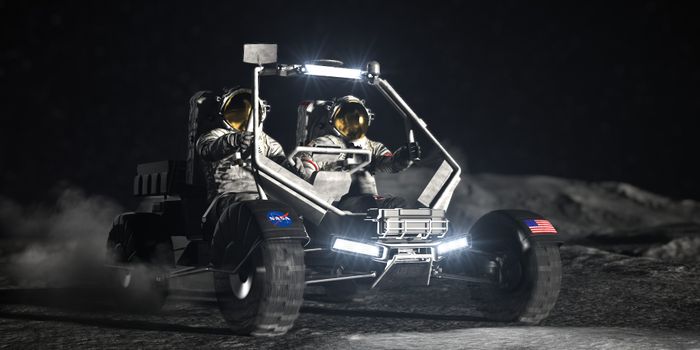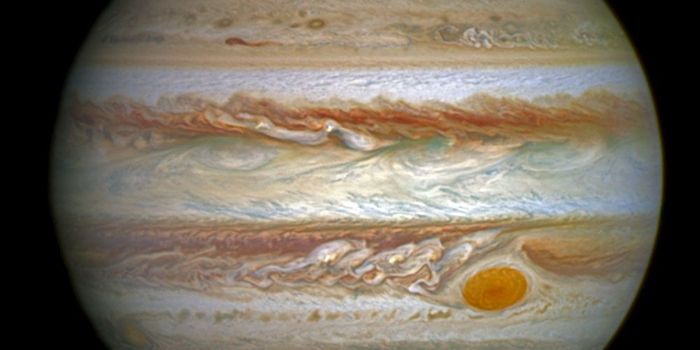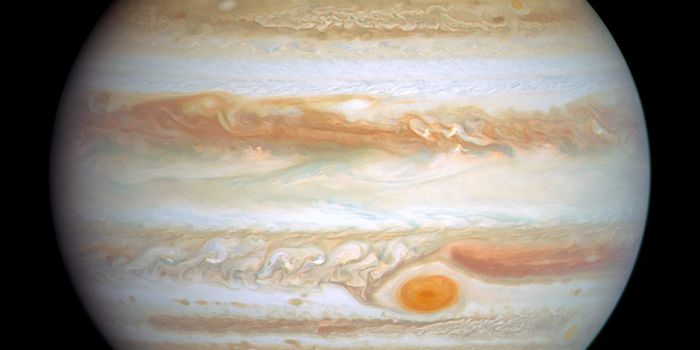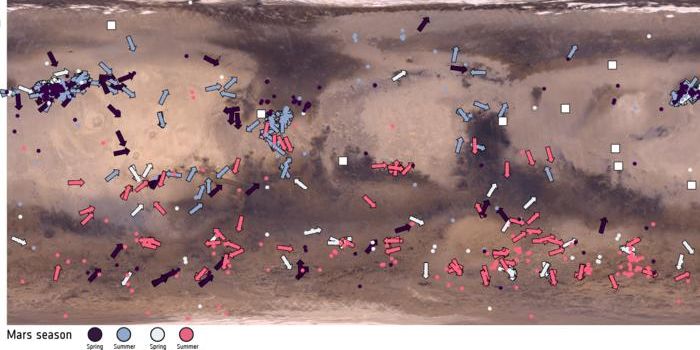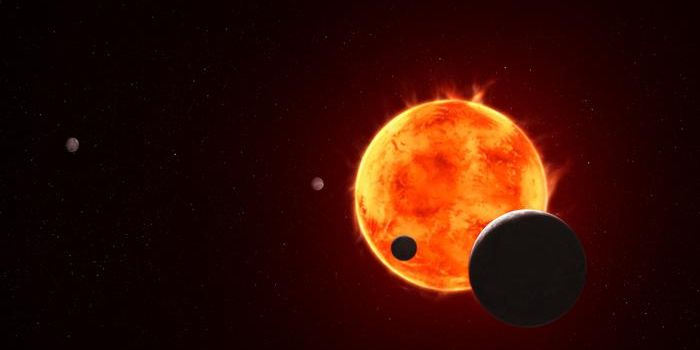How Do Spiders Behave in Zero Gravity?
The International Space Station (ISS) is a treasure trove of scientific intrigue. But it's not just life-saving drugs and new feats of engineering that breathe into existence there. Quirkier experiments have existed there too- such as how zero gravity affects a spider's web-building abilities.
On Earth, spiders build asymmetrical webs centered towards an upper edge. When resting, they tend to sit with their heads facing downwards and use gravity to help propel them towards their prey. Given the important role of gravity in their building capacities, scientists wondered how they would cope in space. And as such, their first attempt to understand this came in 2008 with an experiment by NASA aimed to inspire Middle schoolers.
For it, they shot two spiders from different species into space. One, from the Metepeira labyrinthea genus, as the lead spider, and the other, Larinioides patagiatus, as a backup. Unfortunately though, the backup spider managed to break out of its storage chamber and into the main chamber with the lead spider. As it could not be retrieved for safety reasons, the two spiders went on to get in each other's way and spin muddled webs.
Only making matters worse, the flies included as their food package thrived and reproduced more than expected. After two weeks, their larvae covered large parts of the front window, and within a month, the spiders could no longer be seen behind the fly larvae.
A failed experiment, another chance to map spider behavior in zero gravity, emerged in 2011. This time, experimenters sent two spiders from the same species (Trichonephila clavipes) into space, and kept another two on Earth as controls. Both groups of spiders were kept in the same conditions- plus or minus zero gravity.
Throughout the experiment, the spiders spun their webs, took them apart, and started anew as planned. Their collective efforts gave the experimenters 100 webs to analyze for symmetry and around 14,500 images from which they could deduce the orientation of the spiders.
In the end, they found that under zero-gravity conditions, spiders spin more symmetrical webs than those on Earth. What's more, their center tends to be closer to the middle, and under such conditions, spiders do not always keep their heads facing downwards. The researchers also noted, however, that in the absence of gravity, spiders tend to use lamplight as an alternative anchor point. Webs spun in the ISS under lamplight were almost as asymmetrical as those spun on Earth.
Sources: SciTechDaily, The Science of Nature
